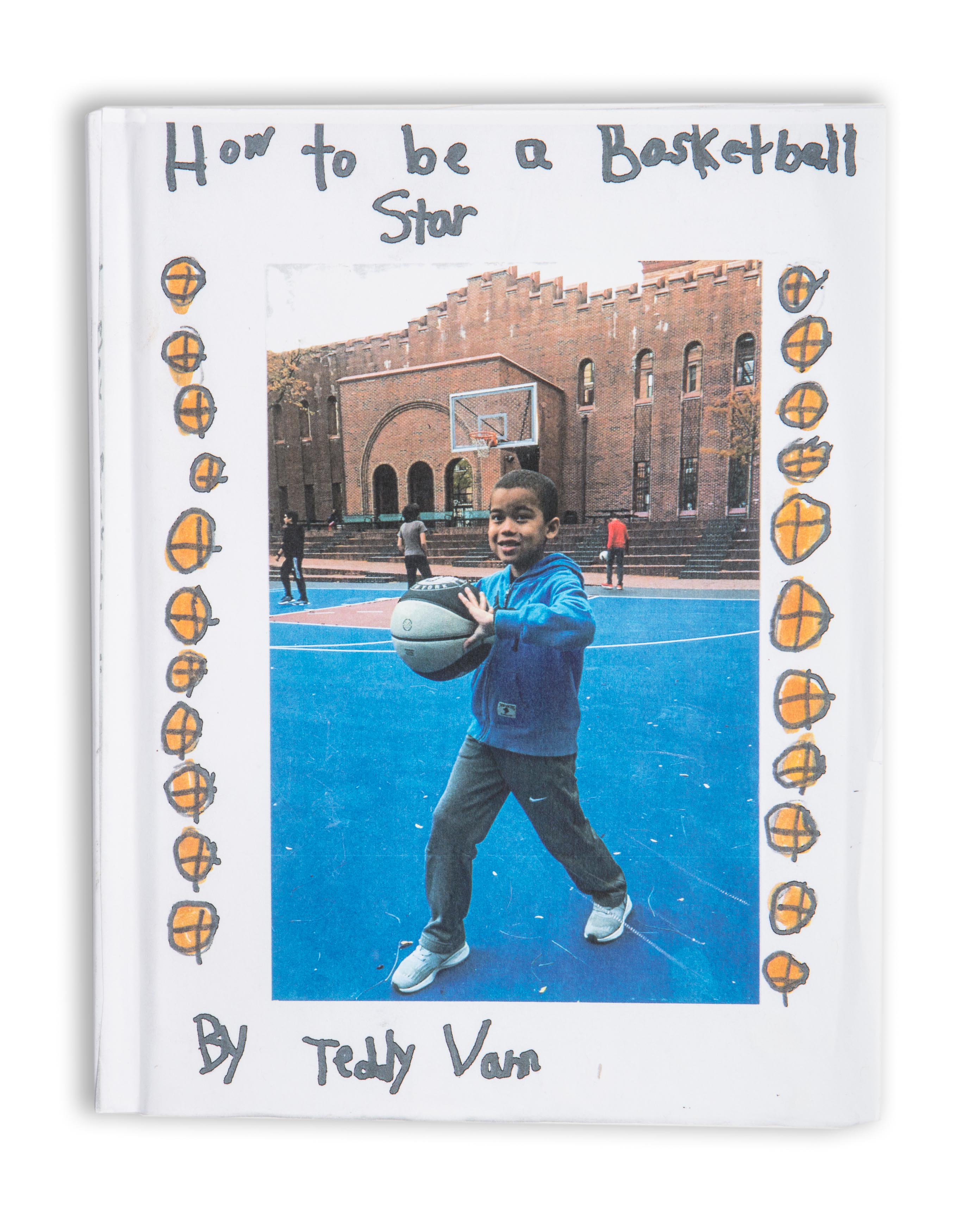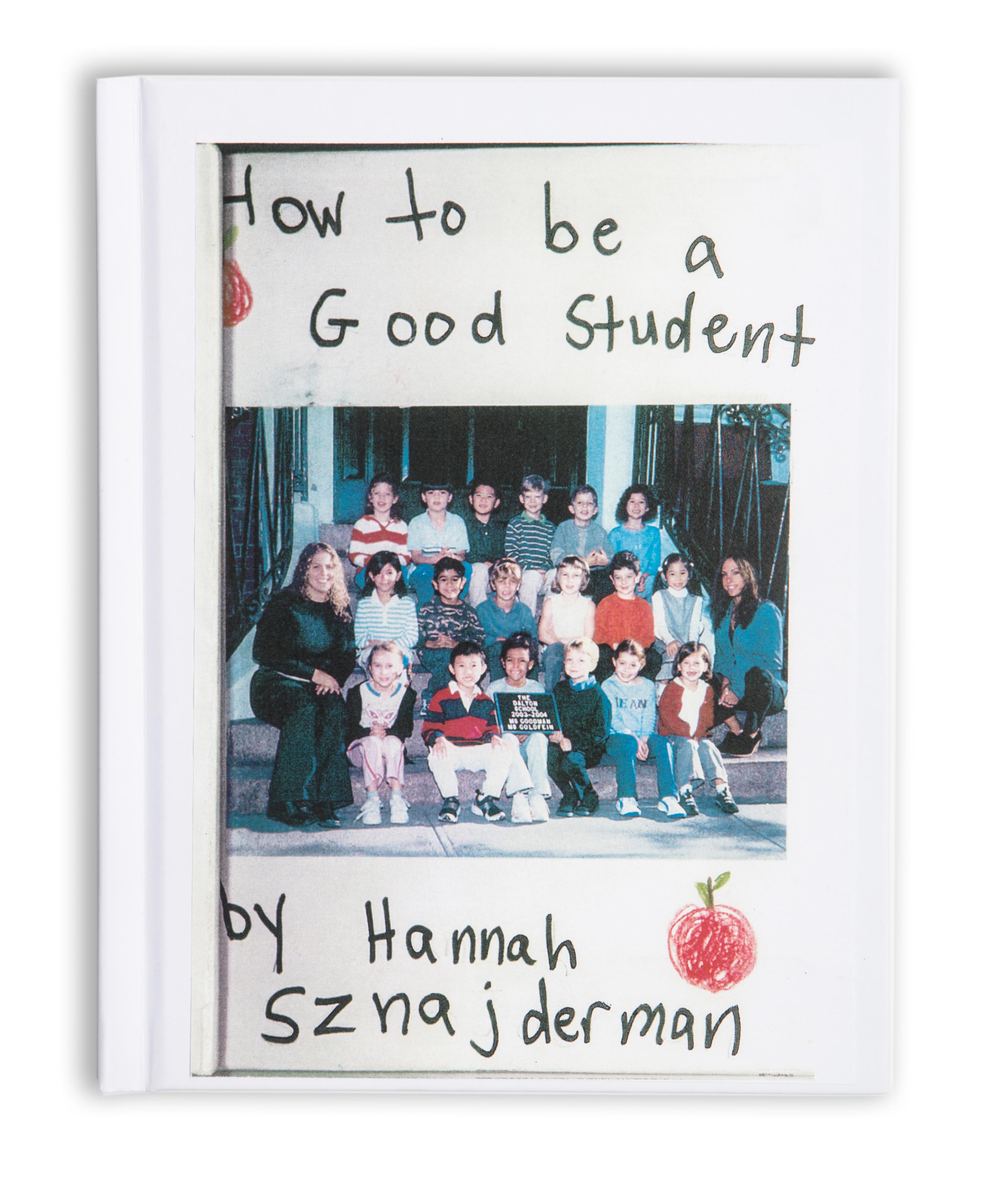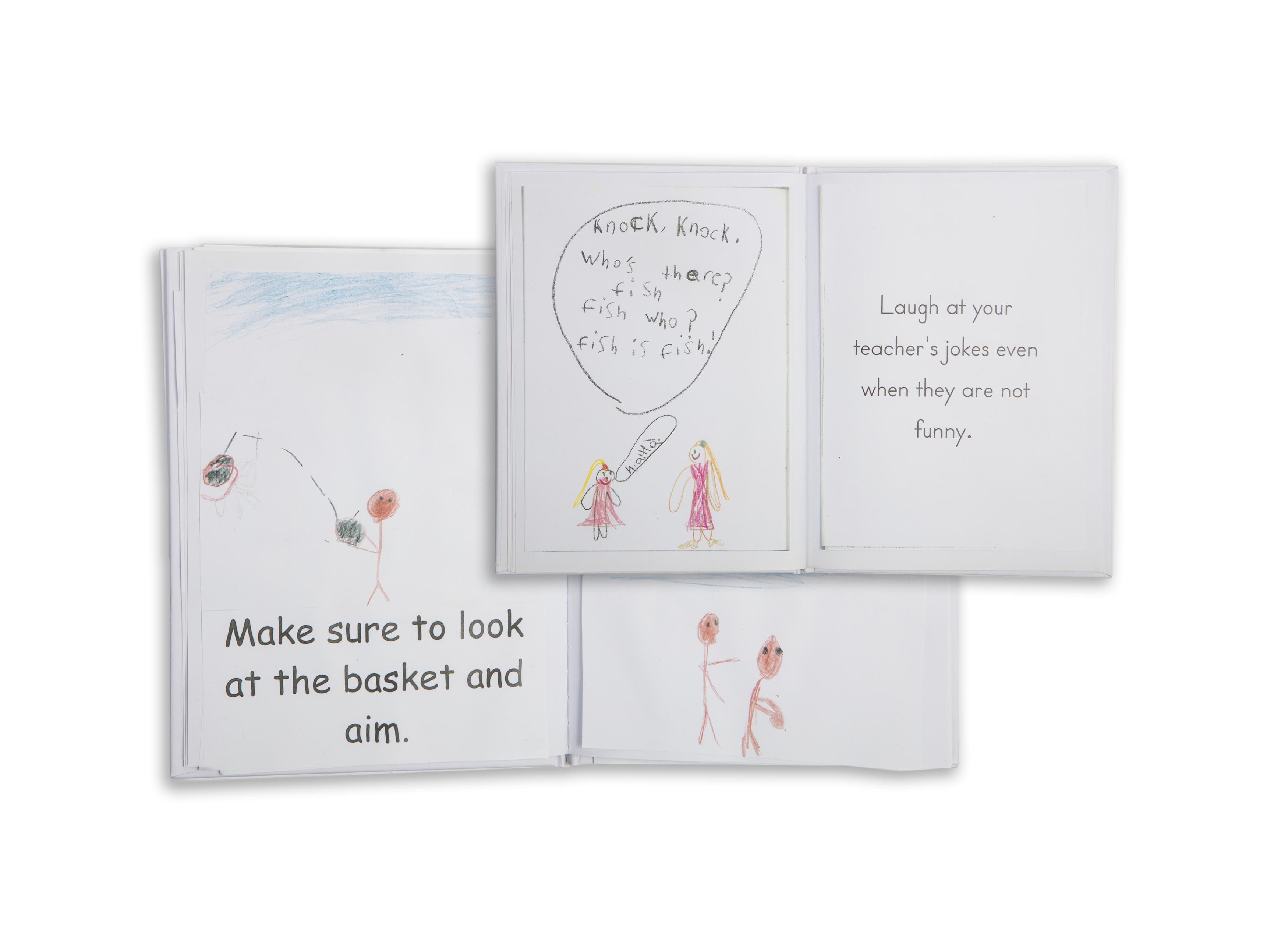34. Reading and Writing Books in First Grade

By the end of first grade, children produce pieces of writing independently that demonstrate their comprehension and grammar skills. These books illustrate the range of topics that capture their imagination.

The first grade language arts curriculum teaches reading and writing skills in a fun, engaging, and child-centered manner. Our goal is to instill a lifelong love of reading through exposure to a variety of texts in a wide range of literary genres and styles. Decoding is a pinnacle of reading at this age. The first graders practice five word attack strategies and, as their reading becomes more automatic, they learn to read for understanding. Some of the comprehension skills taught include understanding story elements such as character, setting, problem, and solution; developing the ability to sequence, summarize, recount, and predict; expressing an opinion, both orally and written; and deciphering an author’s implied meaning. The first graders develop their expression and fluency as their reading skills become stronger.
The main purpose of the writing program is to construct and express meaning effectively on paper. Legible handwriting with correct letter formation and word study are an integral part of the writing process; children learn spelling patterns and rules and apply phonetics to their work. They are exposed to various forms including poetry, personal narratives, how-to books, and letter writing. They begin to produce pieces of writing independently while applying grammar skills such as punctuation, capitalization and complete sentences. First graders also learn to be their own editors. They practice rereading their pieces and make sure their writing makes sense. By the end of first grade, children have been exposed to a variety of reading and writing skills upon which to build in their subsequent years at Dalton.
—Sarah Appelman and Mary Mellow, First Grade House Advisors

